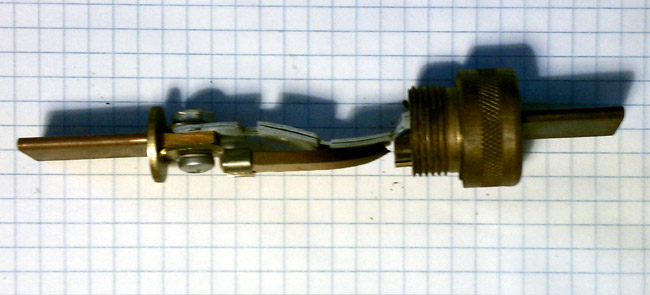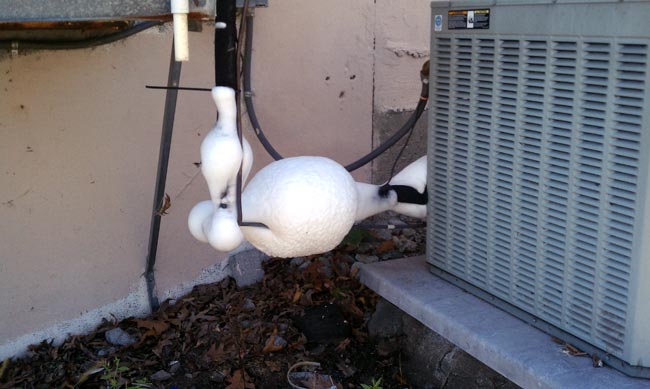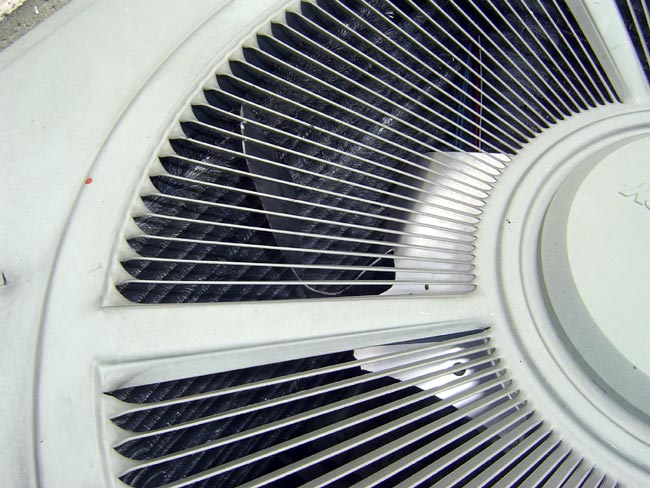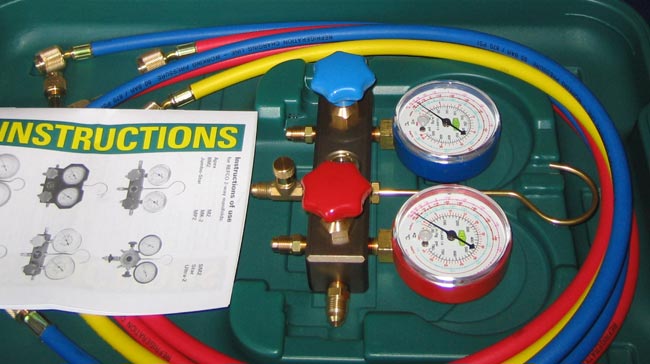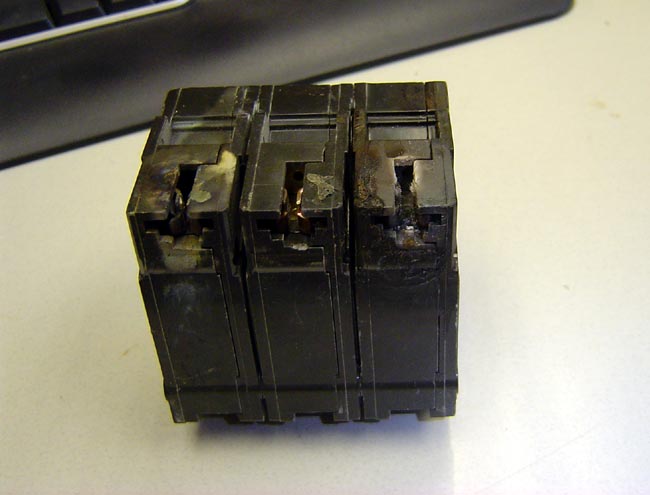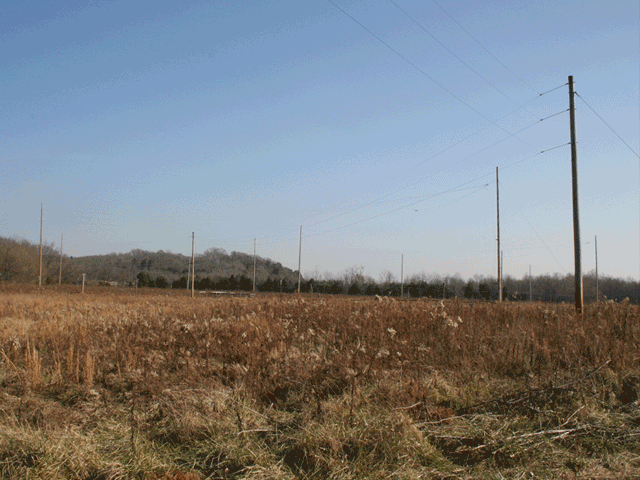
Shortwave broadcasting is often overlooked as a domestic news outlet. This is by design and is a throwback to the Cold War era when shortwave broadcasting was seen as an international propagation outlet, mainly used by the VOA. In fact, according to the Smith-Mundt Act of 1948, the Voice of America is forbidden to broadcast directly to American citizens. The intent of the legislation is to protect the American public from propaganda actions by its own government. Nice, huh?
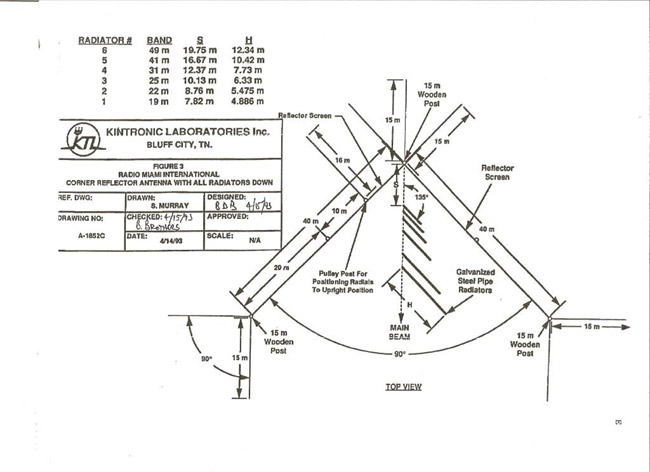
The way the FCC rules governing shortwave (AKA HF) broadcasting are written, the station needs to be designed and configured to transmit signals to areas outside of the US. Any coverage within the US is considered incidental. See also CFR 47 73 part F.
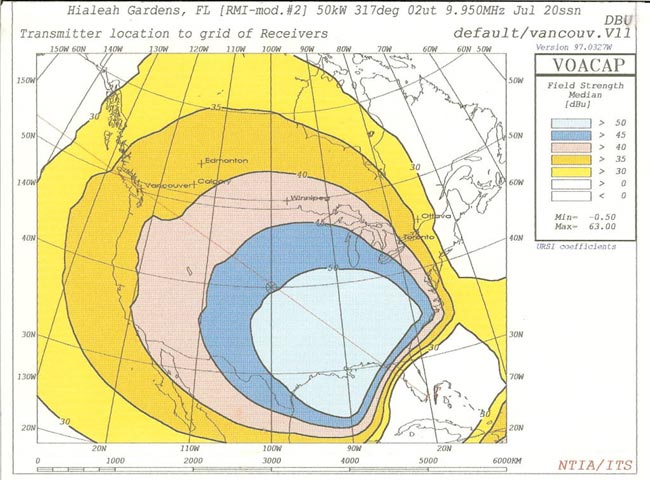
That being said, many of the non-VOA HF broadcasters are well-received in the US. There is nothing that is preventing a shortwave station on the west coast from beaming its signal across the North American continent to Europe, or over the poles, etc. These stations’ call signs start with a K or W much the same as FM and AM broadcasting stations. Most of them are religious broadcasters, however, there are a few that offer non-religious programming or a mixture of both.
As Clear Channel lays off more staff and becomes a computer-automated shell, I am beginning to think that traditional AM and FM broadcasting is on the way out. Television news and the 24-hour news cycle have blurred the line between journalism and opinion. Newspapers have filled the role of government watchdogs and general information sources since this country was founded. Newspapers have fallen on hard times with many cutting investigative reporters, general reporters and or going out of business. The internet has become the de facto information source for many people, which is fine so long as users understand its limits.
The big problem with all of this is the internet is a fragile thing, controlled by a few very large companies. A few keystrokes and a router table are re-written to exclude a site that might have detrimental information. Distributed Denial of Service attacks have taken down Wikileaks for days. Collateral Wikileaks-related damage occurred to Amazon.com, Visa, Mastercard and Paypal. A few “persuasive” calls from an important government agency or official to an ISP or server company can easily take a site or multiple sites offline. Search results can be skewed by search engines, or by large companies like BP did during the Gulf oil spill.
The FCC debates on so-called “net neutrality” have yet to produce any meaningful framework to avoid corporate and search engine censorship. This also assumes that the government can justly regulate the internet, which, in this day and age is a stretch of the imagination.
All of this is leaving an information void. As the saying goes, nature abhors a vacuum.
Enter Shortwave Radio. Now, I’ll be the first to admit, there are a lot of strange things that can be heard in the shortwave broadcast band. However, it one can separate the wheat from the chaff, some rewarding entertainment can be had. Most of the non-government shortwave stations in the US are religious broadcasters. There are at least three stations that offer time-brokered programs, some religious and some not. WBCQ is always a good bet. WRMI is offering more and more non-religious programming. WWCR also has some general programming. While government broadcasters like the BBC, CBC, and others have greatly curtailed their broadcasts to North America, this is not necessarily a bad thing, as other smaller broadcasters can be heard where the giants once roamed.
As solar cycle 24 heats up, the programming selections on any given day can vary widely. Radio Australia (ABC) has been booming in on 6020 KHz in the mornings around here. They have an excellent country music program and I have been introduced to several songs and musicians that I would not have otherwise heard. Today I heard a great show on Radio Australia Today about New Orleans, Ray Nagin, the aftermath of Hurricane Katrina, and lots of things that aren’t normally heard here in the US.
The key to shortwave listening is the receive antenna. One particular MF/HF receive antenna is the K9AY loop. I have had very good luck with that antenna on both standard and international broadcasts. I have to say, I am finding fewer and fewer things to listen to on the AM band. I have taken the opportunity to make a few circuit boards with a 10-12 dB preamp for controlling the pair of loops used in a K9AY array. The preamp is based on a common base Norton design, which has low noise and moderate gain. I use the preamp sparingly, the main reason for it is the 4 way hybrid splitter, which adds 6.2 dB of loss to the antenna output. Still, I have noticed, especially on narrow bandwidth digital signals, that the preamp can mean the difference between decoding a signal or not.
I am making extras, K9AY antenna systems, preamps, receiver splitters, and other general shortwave receive systems, which I plan to offer for sale at a later date. As they say, stay tuned.


